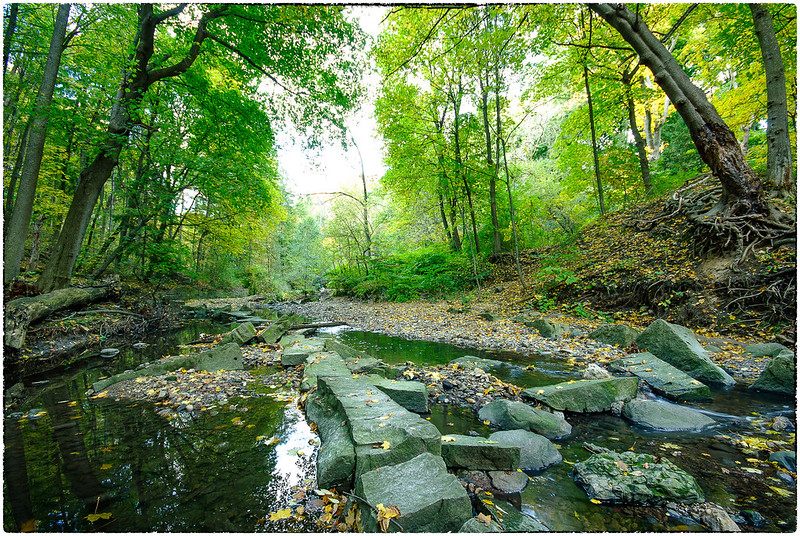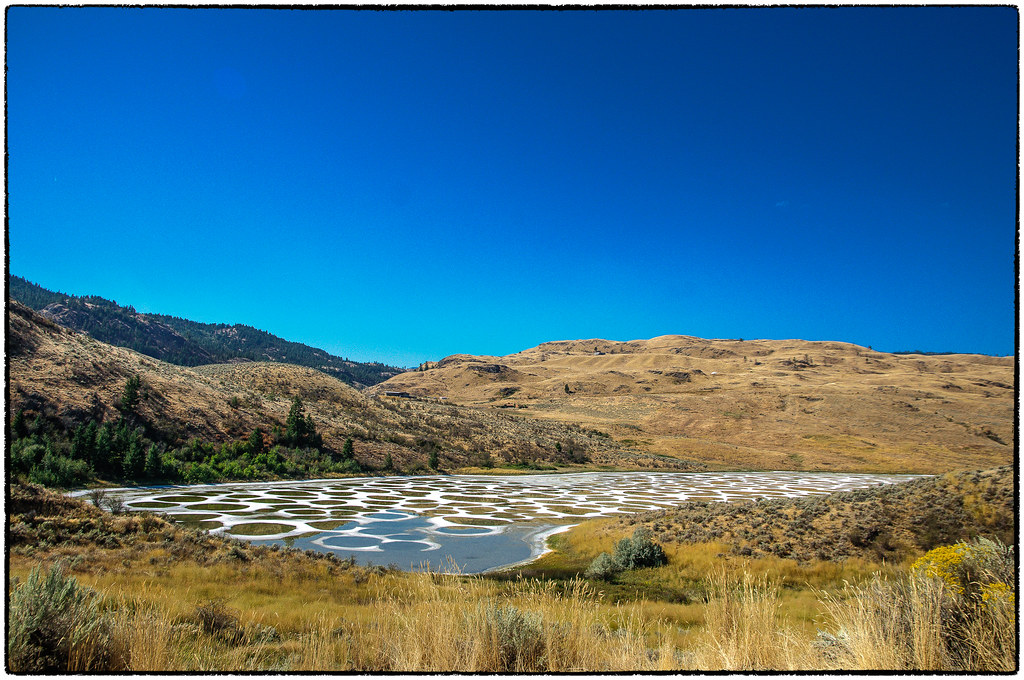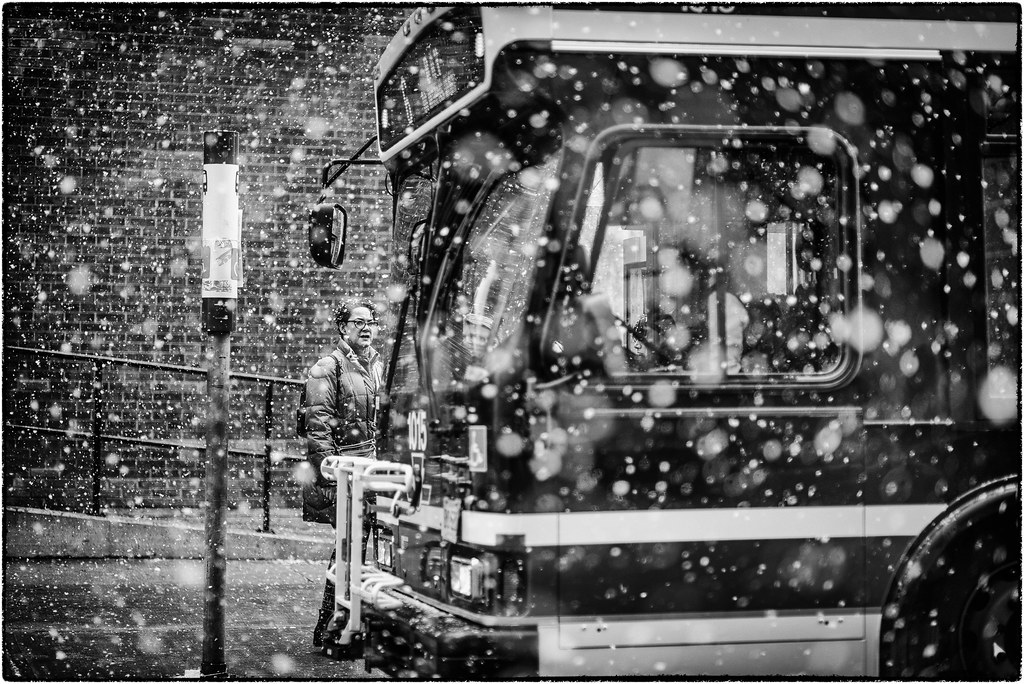
D800, 50/1.8 Series E
I've learned that there's basically 3 stages to digital camera ownership for me.
1. New Toy - typically lasts for the first couple weeks or couple hundred exposures. Camera is the new cool thing and almost assuredly going to last. It's very rare that I ever get rid of something during this period, and only if the experience is poor from the get go.
2. Equivocation - This lasts from the end of Stage 1 to typically a thousand exposures. At this point I'm wondering if it's the right camera for me and shooting typically either tapers off to a point where I just don't have any motivation to shoot, or I keep a tempo up that moves me into Stage 3. All but 2 of my mirrorless bodies failed to survive Stage 2, and most of the DSLR's as well.
3. Comfort - I've got a solid number of exposures under my belt and am comfortable with the camera and will keep shooting at a steady pace. At this point the camera will last until one of two things: external needs drive a change or I upgrade bodies for IQ. Usually it's a combo of both.
As of today, I'm now in a position where all my bodies are in Stage 3. I've just passed 1100 shots on my D800, and my current pair of D300's are at a little over 2600 between the two (not counting the 9000+ shots on my original D300). The last body I owned to hit 1000 shots was my D200 all the way back in 2014, a body I never should have sold.
The D800 is working very well for me. It's well sorted, I mostly like the UI differences between it and the D300 (and it solves the #1 annoyance on the D300 for me, accidentally knocking the AF switch to AF-C). One thing I definitely like about the D800 is unlike the previous FX bodies I've owned it's generally as good a DX body as the D300's. I give up a bit (1fps ungripped, viewfinder size in DX) but gain a bit too (3.3mp extra, better high ISO even in DX, a few improvements in handling).
One thing I'm coming to love is 1.2x crop. 25.5MP, 5fps if needed, almost as good ISO as FX crop, and not only does my 35/1.8 DX cover it, but my 10-20 covers it from 12-20mm, giving me a 14.4-24mm equivalent in 1.2x crop as well as being a 15-30mm equivalent in DX crop.
As to lenses, my current setup works, with caveats. I'm planning on slowly building the lineup out over the next year or two, largely by adding AI or AI-S lenses at low cost. I am going to post a series of short reviews of each of my lenses over the coming days & weeks, but here's a quick rundown.
1. Sigma 10-20 f4-5.6 HSM - A personal favourite, ultra wide, quite good, quite cheap.
2. Nikkor-H 28mm f3.5 AI'd- I liked it on film, but getting a handle on it on digital has been a challenge
3. Nikkor 35mm f1.8 G DX - Nikon's best bang for the buck and a favourite. Works on FX with slight vignetting
4. Micro-Nikkor 55mm f3.5 AI - A legend in its own right, both in terms of performance and value.
5. Zeiss ZF.2 T* 1,4/85 Planar - Brilliant but complex lens. Fully deserving of both the accolades and disparagement it receives.
6. Nikkor 70-300mm f4.5-5.6 VR G AF-S - Competent but unexceptional. Reputation is better than performance today, but performance is still pretty good.
7. Nikkor 300mm f4.5 K AI'd - been in my bag for a long time (at least 7 years). Not a great performer, but adequate and dirt cheap.



























